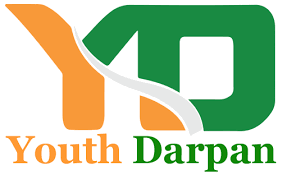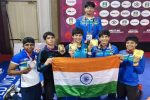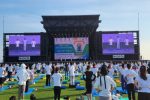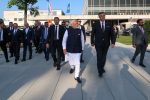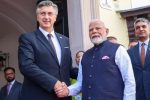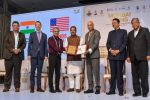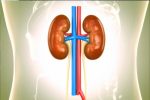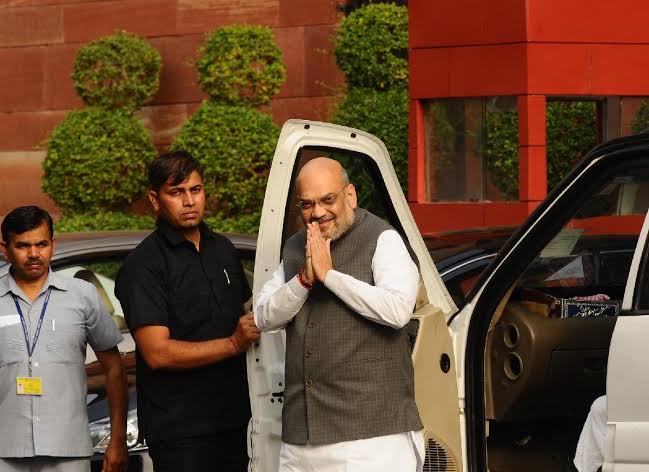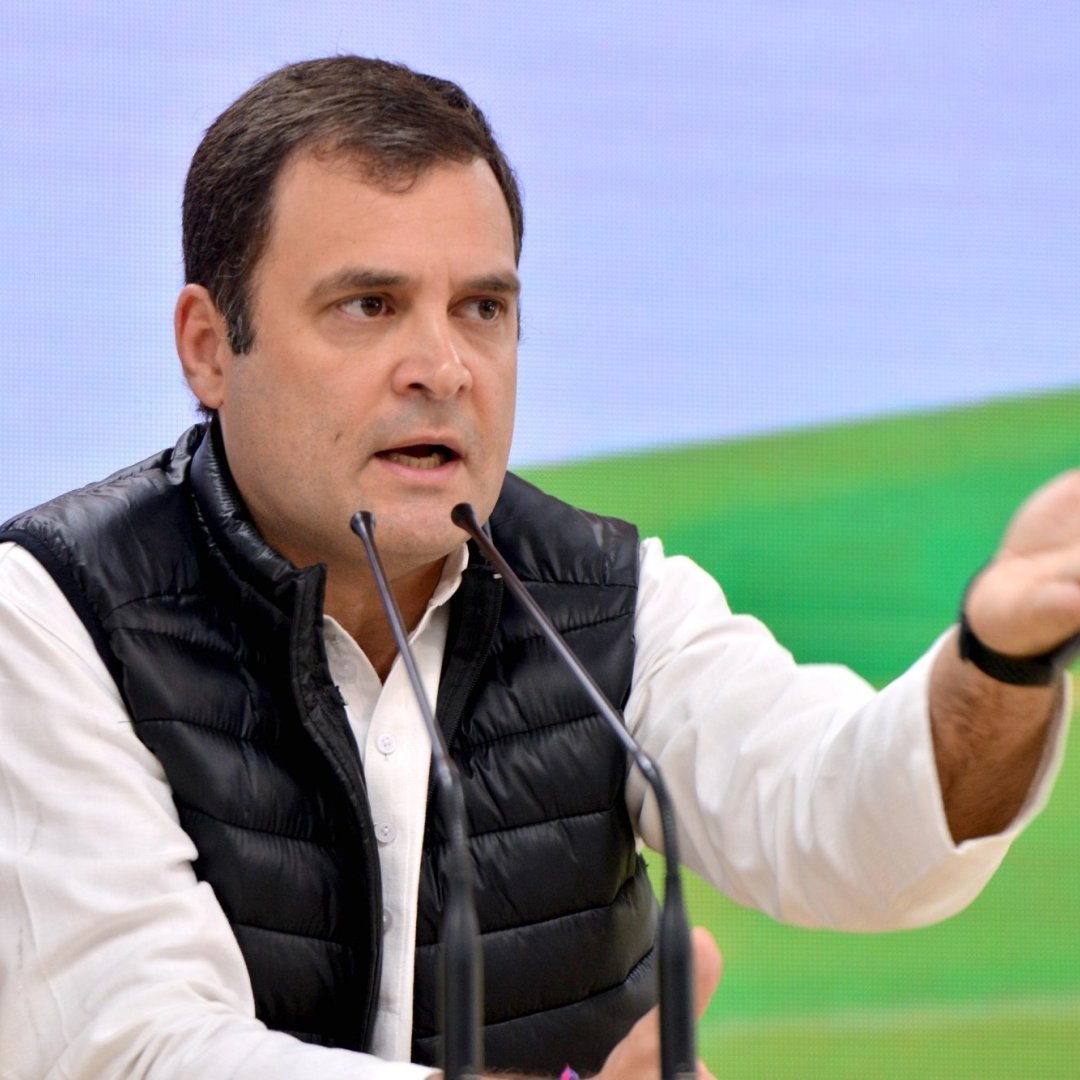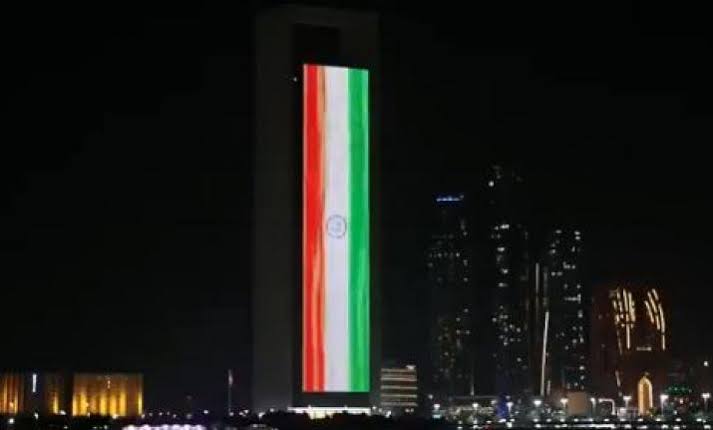They have different styles of campaigning and have adopted different strategies to woo voters in the Lok Sabha elections. Prime Minister Narendra Modi and Congress President Rahul Gandhi are the lead campaigners for their parties, but have followed a diverse trajectory in reaching out to people ahead of the crucial polls.
Modi went for several inaugurations and foundation-stone laying functions ahead of declaration of Lok Sabha poll schedule on March 10. Gandhi’s campaign has picked up pace since March 10 and he has already campaigned in around 13 states in the last fortnight or so. With the first phase of polling for 91 Lok Sabha seats across 20 states on April 11, Modi is also expected to embark on a whirlwind campaign.
Modi launched Pradhan Mantri Kisan Samman Nidhi (PM-KISAN), the ambitious scheme of the BJP-led government, on February 24 at Gorakhpur in Uttar Pradesh. The programme provides vulnerable landholding farmer families, with cultivable land up to 2 hectares, with direct income support at the rate of Rs 6,000 per year.
On the same day, he addressed ‘Swachh Kumbh, Swachh Aabhaar’ programme in Prayagraj and washed the feet of sanitation workers.
On February 25, Modi dedicated the National War Memorial to the nation and addressed a gathering of ex-servicemen. He also addressed the Rising India Summit.
On Februray 26, he addressed a gathering to mark the unveiling of the world’s largest Bhagavad Gita and the Gandhi Peace Prize presentation ceremony at the Rashtrapati Bhawan.
On February 27, Modi addressed National Youth Parliament Festival Awards Function.
The next day he addressed the Shanti Swarup Bhatnagar Prize ceremony and made his widely noticed “pilot project” remarks after the aerial strike by India against a terror camp in Pakistan.
On March 1, Modi launched development projects in Kanyakumari, including flagging-off of the Tejas Express between Madurai and Chennai, and addressed a gathering.
The next day, he interacted with students at Smart India Hackathon, via video conference and addressed the India Today Conclave 2019. He also addressed Construction Technology India event.
On March 3, he unveiled various development projects in Amethi, Rahul Gandhi’s parliamentary constituency. He also dedicated the Indo-Russian Rifles Pvt. Ltd. joint venture to the nation at Amethi.
On March 4 and 5, Modi was in Gujarat. He inaugurated new civil, cancer and eye hospitals in Ahmedabad and launched several development projects in the city. He also attended functions at Adalaj and Jaspur and dedicated the Guru Gobind Singh Hospital at Jamnagar to the nation.
On March 5, Modi launched Pradhan Mantri Shram Yogi Maan-dhan (PM-SYM) Yojana from Gujarat. The scheme will assure a monthly pension of Rs 3,000 for the enrolled unorganised sector workers during their old age. He also laid the foundation stone of Shikshan Bhavan and Vidhyarthi Bhavan at Annapurna Dham Trust in Adalaj.
The next day, he launched key development projects at Kalaburagi in Karnataka and Kancheepuram in Tamil Nadu.
On March 7, Modi flagged off the Nagpur Metro. The government also released a directory of martyrs of India’s Freedom Struggle (1857-1947).
Modi also laid foundation stones of Integrated Command and Control Centres in Sikkim, Arunachal Pradesh and Tripura through video conference.
He interacted with beneficiaries of Pradhan Mantri Bhartiya Janaushadhi Pariyojana and released a new series of coins to make life easier for the visually impaired.
On March 8, Modi unveiled various development projects at Kanpur and Ghaziabad. He visited Kashi Vishwanath Temple in his Varanasi parliamentary constituency. He also attended the National Women’s Livelihood Meet-2019 in the city.
On March 9, Modi launched various development projects at Greater Noida. He laid the foundation stone for two 1,320 MW thermal power plants at Khurja in Uttar Pradesh and Buxar in Bihar, and inaugurated the Deen Dayal Upadhyay Institute of Archaeology and the Noida City Centre-Noida Electronic City section of the Delhi Metro’s Blue Line.
Modi addressed the 50th Raising Day celebrations of the CISF on Sunday, the day the poll schedule was announced.
He interacted with around 25 lakh security guards via audio bridge technology on March 20 as part of his campaign “Mai Bhi Chowkidar” ahead of the Lok Sabha polls.
On the other hand, Gandhi too has set a hectic pace of campaign visiting 13 states in the past 13 days and has outlined the party’s electoral thrust to raise social and economic issues including jobs, healthcare and farm loans to oust the Modi government.
Apart from political rallies, Gandhi has addressed booth workers meetings, interacted with health professionals and addressed a press conference. His programmes also include interactions with students and opinion makers.
Gandhi addressed booth workers meeting at Delhi on March 11. He addressed a rally after a Congress Working Committee meeting in Gujarat on March 12.
He addressed rallies and public meetings in Tamil Nadu on March 13, Kerala on March 14, Chattisgarh and Odisha on March 15, Uttarakhand on March 16, Karnataka on March 18, Arunachal Pradesh and Manipur on March 19, Manipur and Tripura on March 20 and Bihar and West Bengal on March 23.
Before he embarked on a hectic campaign from March 11, Gandhi had been attending functions to bolster the party’s poll prospects. He was in Punjab on March 7 and earlier interacted with students on February 23.
Both Modi and Gandhi have been stressing election themes in their speeches. Modi has been focusing on nationalism, boldness of his government in retaliating against the Pulwama terror attack by strikes on terror camps, apart from his government’s development initiatives.
Gandhi has been emphasising on economic issues including jobs and farmers’ distress. In his visit to Tamil Nadu, he promised 33 per cent reservation for women in government jobs.
During his visit to Chhattisgarh, he announced that Congress will ensure right to healthcare for people and it will be more beneficial to people compared to Ayushman Bharat scheme of the Modi government.
Gandhi has also been talking of minimum income guarantee scheme, farm loan waiver, jobs and removing “flaws” in implementation of Goods and Services Tax, which will be replaced by a single rate GST.
The election rhetoric on both sides is getting shriller as the day of polling for the first of seven-phased election approaches.
